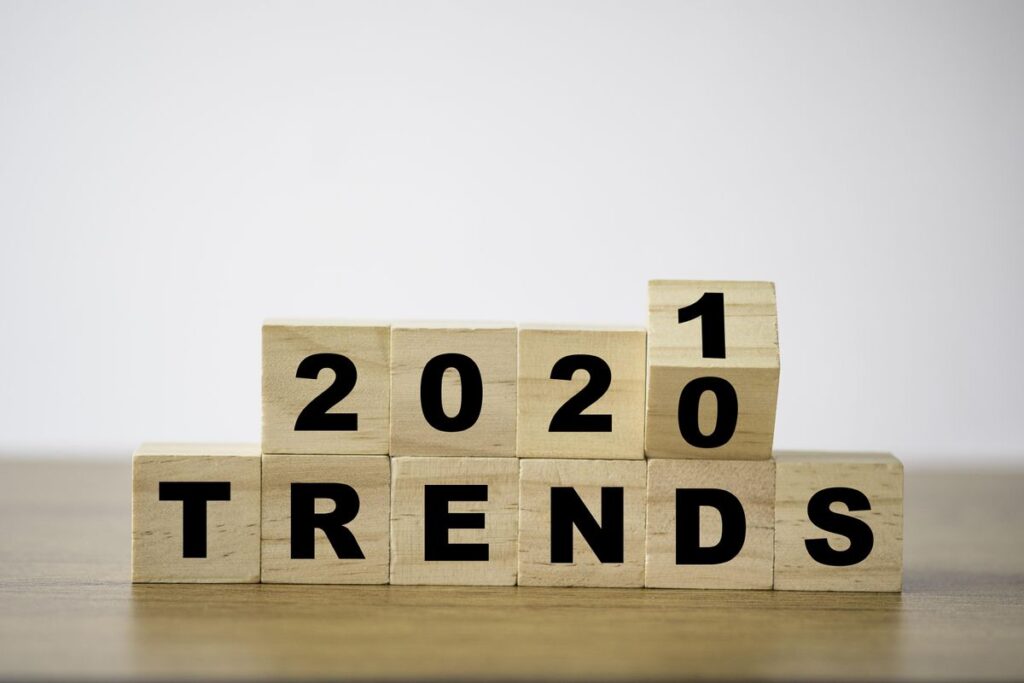Software such as Blackbaud Raiser’s Edge and the Salesforce Nonprofit Success Pack have led the nonprofit market for years, but the ways these legacy platforms are used is always evolving. Here are several new technology trends for nonprofit founders, leadership and stakeholders to follow and consider implementing. Find out more about how the right combination of nonprofit management software and nonprofit database software can keep your organization on the cutting edge.
Demand for Real-Time Digestible Analytics
Analytics has been a buzzword for years, but data-driven breakdowns are only as useful as the availability of results for implementation. The latest trends in this arena pertain to making insights derived from data digestible and actionable.
One of the major benefits of using import management software is support for automated data entry and updates across platforms. Having access to accurate information can make insights derived by built-in analytics tools in software by Blackbaud or the Salesforce NPSP more effective.
Implementation of Data Integration Technology
Donor relationship management and financial software often have proprietary file formats and unique information fields. Data integration technology keeps essential data from getting siloed and maximizes the usefulness of every platform in use at an organization.
Although data integration technology is an additional cost on top of primary platform licensing fees, this resource can increase the return on investment from all software in use. Data integration technology is also useful for identifying ways to allocate resources for maximum efficiency and effectiveness.
Automation for Smoother Workflows
Automation is a driving force in next-generation donor relationship management and financial record keeping software. Automatic entry, import and export of information cuts down on human errors that could otherwise reduce the accuracy of contact information or donation records, and undermine the success of fundraising efforts.
In addition to increasing accuracy, automation is also a labor-saving technology. Automating rote tasks frees up stakeholders to pursue actionable insights derived from analytics or other high-level concerns, while the rote business of keeping track of donor data is handled automatically.
Virtual Events To Engage Supporters
The preceding year saw a rapid rise in the number of virtual events hosted by nonprofits. Even as in-person activities gradually return to calendars, these fundraisers and informational sessions should be paired with robust virtual components.
From extending participation opportunities to distant supporters to ensuring that events take place regardless of external circumstances, it is important for nonprofit organizations to invest in the hardware, software and online platforms necessary to host remote events.
Personalized Outreach Across Platforms
Personalized communication has become a driving force across the for-profit and not-for-profit sectors. Expectations for customized appeals have gone up among customers and donors alike. Organizations should focus on ways to use grouping, segmentation and other targeting methods to reach out in effective ways on a schedule that acknowledges constituents’ recent engagement and gifts.
While database and management software for nonprofits have existed for decades, this software can now be integrated with cutting-edge solutions to benefit operations in the areas of analytics, automation and donor outreach. Keeping pace with these trends can help any organization increase visibility and fundraise more effectively in 2021 and beyond.




Be the first to write a comment.